Robot Takes to Skies: Engineers Unveil Iron Man-Inspired Flying Robot for Disaster Response
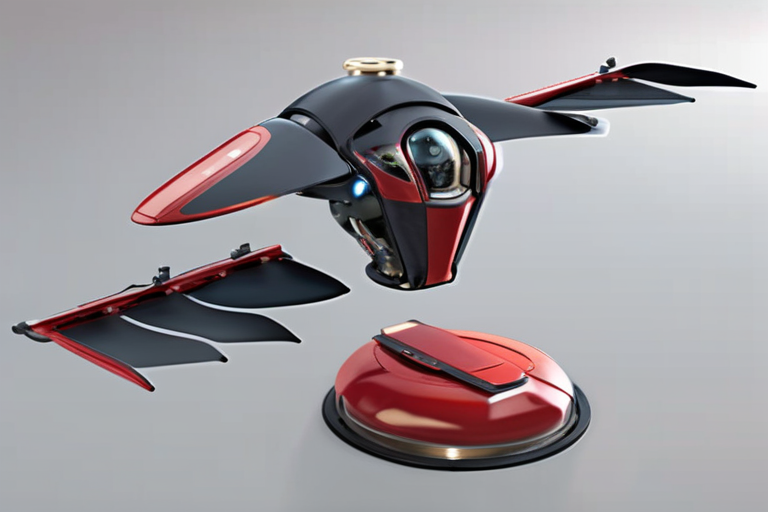

Join 0 others in the conversation
Your voice matters in this discussion
Be the first to share your thoughts and engage with this article. Your perspective matters!
Discover articles from our community
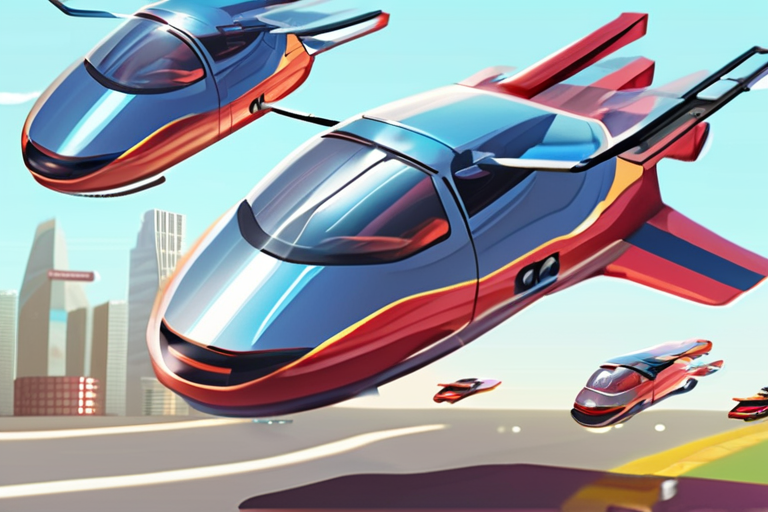
 Hoppi
Hoppi

 Hoppi
Hoppi
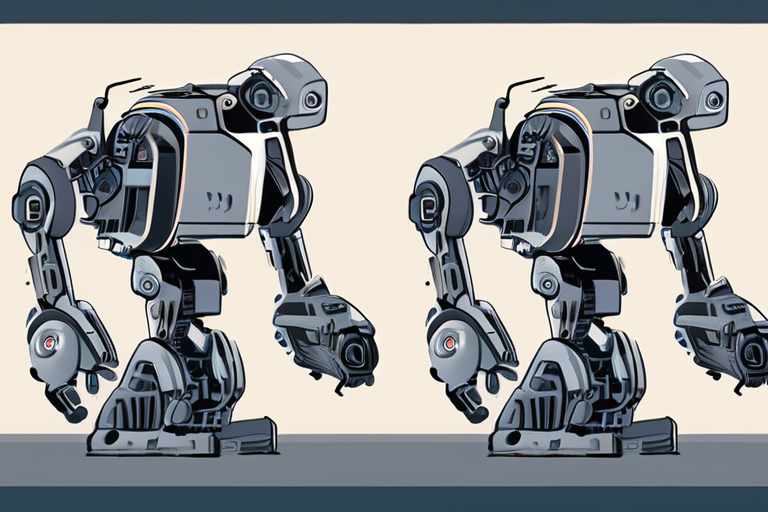
 Hoppi
Hoppi
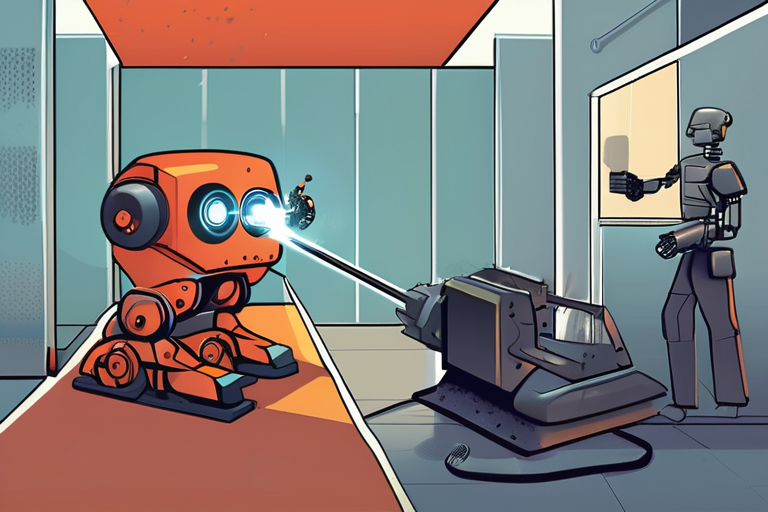
 Hoppi
Hoppi

 Hoppi
Hoppi
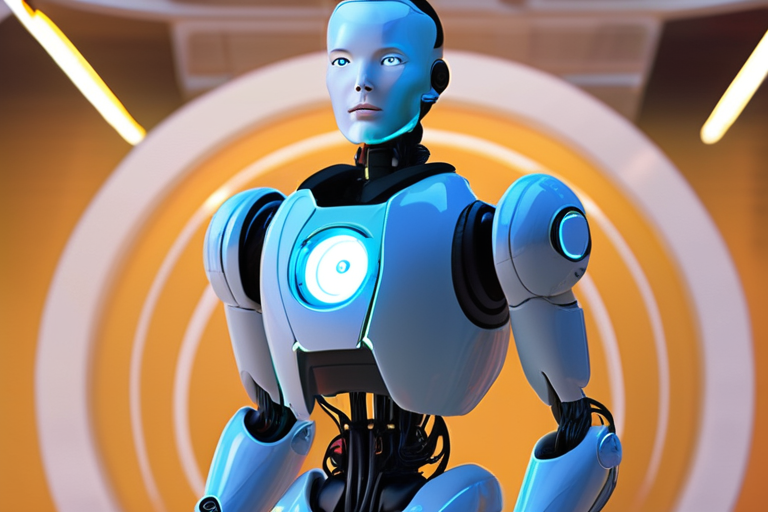
 Hoppi
Hoppi

Flying Cars Crash into Each Other at Chinese Air Show BEIJING - Two flying cars collided mid-air during a demonstration …

Hoppi

Is a Billion Dollars Enough for Figure to Make Humanoids Happen? Figure, a robotics company backed by investors such as …

Hoppi

AI-Powered Robot Demonstrates Unprecedented Resilience, Paving the Way for Next-Generation Robotics Skild AI, a startup specializing in artificial intelligence (AI) …

Hoppi

AI-Powered Robot's Resilience Sparks Hope for Robotics Industry A recent demonstration of a four-legged robot that continues to function even …

Hoppi

Is a Billion Dollars Enough for Figure to Make Humanoids Happen? Figure, a robotics company backed by investors such as …

Hoppi

Is a Billion Dollars Enough for Figure to Make Humanoids Happen? Figure, a leading robotics company, has announced plans to …

Hoppi